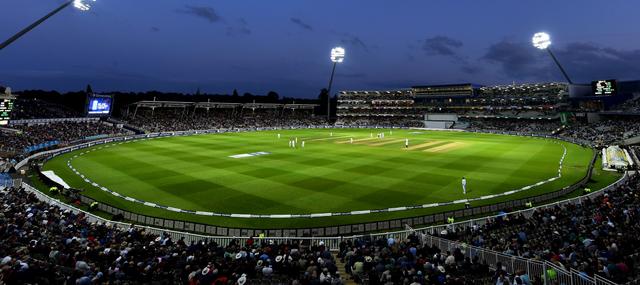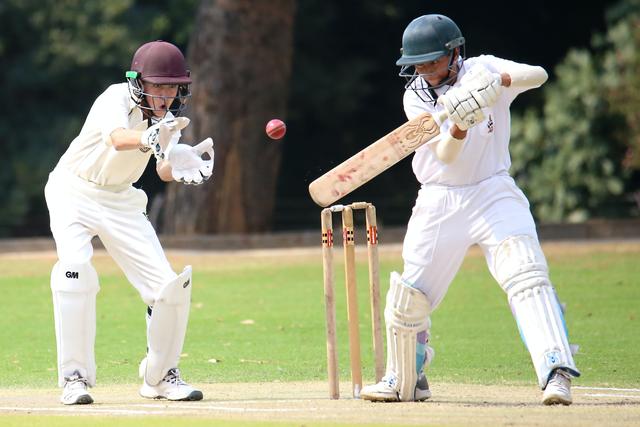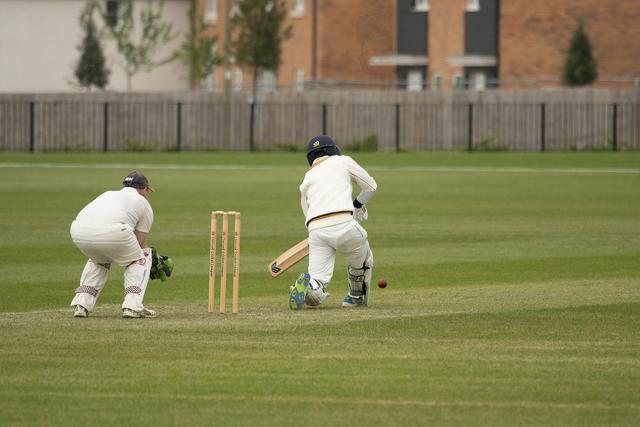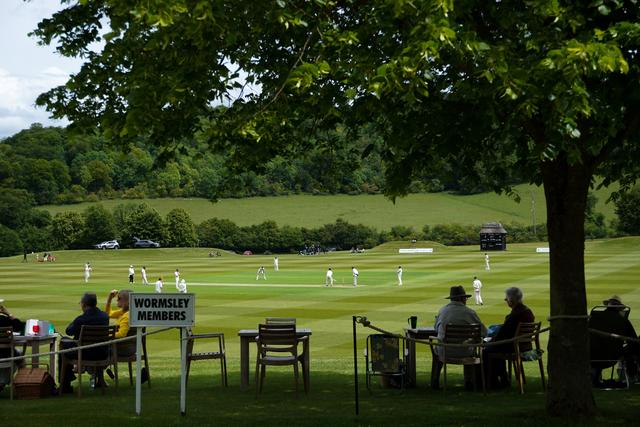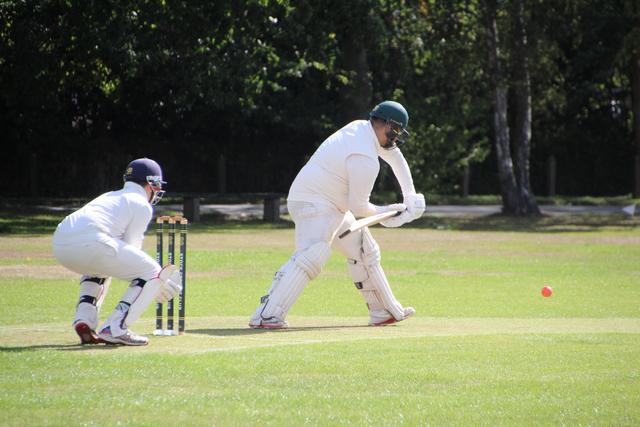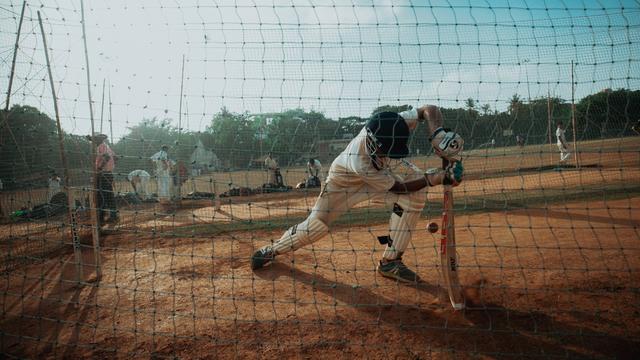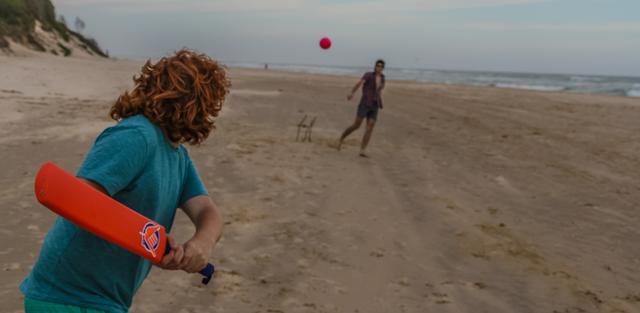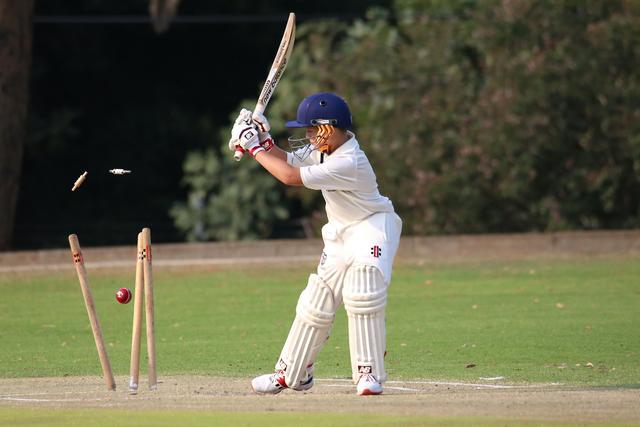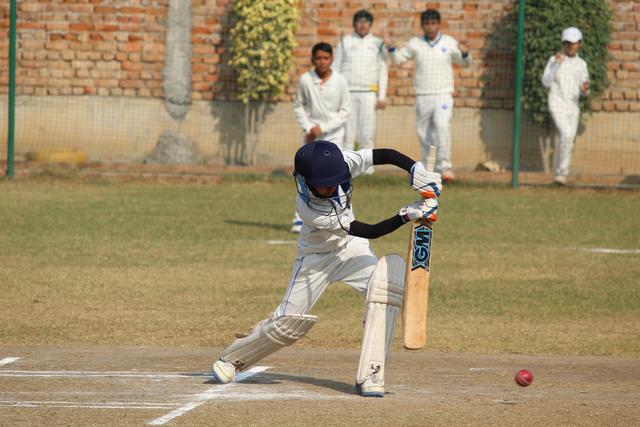Cricket Articles
Cricket For Kids In The UK
Cricket for kids in the UK represents a vibrant aspect of the country’s sporting landscape, with a deeply rooted heritage that has evolved significantly since its inception. Originating during the late 16th to early 17th century, cricket has grown from a pastime enjoyed among the affluent to a national sport that captivates children and adults alike across the country. Introduced in Sussex, the sport quickly garnered a following, leading to the first recorded cricket match in 1598. By the 18th century, the formalisation of rules by the Marylebone Cricket Club in 1788 established a structured framework that propelled cricket to greater national prominence.
The progression into the 19th and 20th centuries marked an era of heightened organisation within the sport. The formation of county clubs and the commencement of Test Match series between England and other nations were pivotal in shaping the modern era of competitive cricket. Today, this organisation has cultivated a fertile environment for children to engage with cricket at varying levels of play. From local community clubs to school teams, cricket is accessible to the youth across Britain, ensuring a continuation of its rich tradition.
Engaging with cricket provides children a unique opportunity to become part of a long-standing British tradition. The sport offers various levels and opportunities for participation, making it inclusive for children with different skills and interests in cricket. Whether it is taking a first swing with a cricket bat at a local club or participating in school leagues, the infrastructure surrounding cricket in the UK is conducive to nurturing young talent from the grassroots level to potential international glory.
This vibrant ecosystem not only celebrates cricket as a sport but also as a vessel for community building and tradition, embodying a significant part of British culture. The sport’s structure in the UK continues to evolve, aiming to foster a passion for cricket in the next generation, securing its place as a cherished activity among children across the nation.
The Benefits of Cricket
Cricket provides a dynamic playground for fostering various aspects of children's health. As a sport encompassing batting, bowling, and fielding, cricket prompts vigorous physical activity which is essential for improving cardiovascular fitness, strengthening muscles, and enhancing flexibility. Such regular exercise plays a critical role in preventing obesity and other lifestyle diseases which are becoming increasingly common amongst children.
Not only does cricket bolster physical health, but it also offers significant mental health benefits. Engaging in cricket demands concentration and strategic thinking, developing cognitive skills and promoting mental alertness. The sport's inherent requirement for teamwork and sportsmanship cultivates social skills, helping children learn to cooperate and communicate effectively with peers. Furthermore, the achievement of mastering a new skill or playing a good game boosts children's confidence and self-esteem, simultaneously reducing anxiety and depression.
Through cricket, children benefit from an all-rounded development, gaining skills that are beneficial both on and off the pitch.
FAQs
- What age is appropriate for children to start playing cricket?
Children can start playing cricket as young as 5 or 6 years old, depending on their interest and ability level. There are specialised programmes and equipment designed for young children to make the game fun and accessible. - Is cricket an expensive sport for kids to get involved in?
Cricket can be an affordable sport for kids, as many schools and community organisations offer free or low-cost programmes and equipment. Additionally, many cricket clubs have initiatives to make the game more accessible to families with limited resources. - What equipment do kids need to play cricket?
Kids will need a cricket bat, a ball, and protective gear, including a helmet, pads, and gloves. Some clubs and organisations may provide equipment for new players. - How can parents support their child's involvement in cricket?
Parents can support their child's involvement in cricket by encouraging them to practice regularly, attending games and matches, and providing positive feedback and encouragement. Parents can also volunteer to help with coaching or administrative tasks at their child's club or school. - Where can kids play cricket in the UK?
Cricket is played at all levels in the UK, from grassroots to international. Children can play cricket at their school, through community clubs, or through organised leagues and tournaments. Many sports centres and parks also offer cricket facilities and programmes for children.
